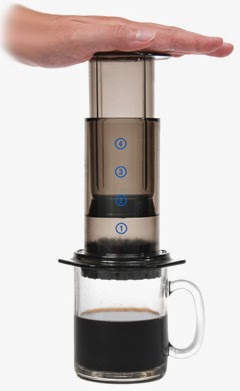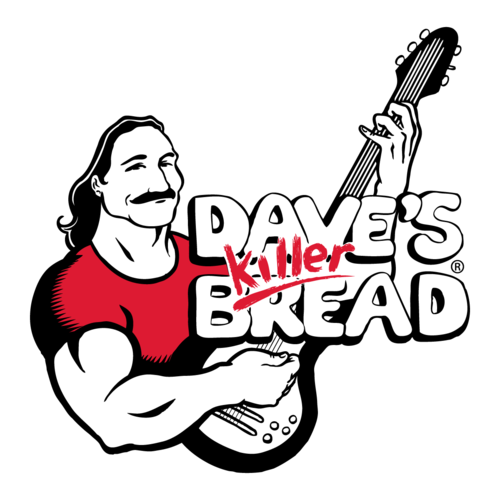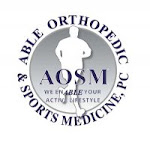Sundown, September 29, is the beginning of the High
Holy Days, the Hebrew calendar year of 5780.
Jewish people around the world will be celebrating the start with
family, friends and most likely a huge meal. A century old immigration brought
the opening of several kosher delis in New York that had a notoriety of
becoming, “Jewish food.” “Ashkenazi,” was the term used for Jews coming from
Eastern Europe with cuisines from Poland, Russia and Germany.
Looking back to the 17th and 18th
century we find that it was the Sephardic settlers from countries such as
Brazil, Spain and Italy that established the synagogues and traditions in
American colonial port cities such as: New York; Philadelphia; Newport, R.I.;
Charleston, S.C; and Savannah,
Georgia.
Many Sephardic Jews hold a Rosh Hashanah “seder”
where each item or recipe symbolizes a wish or blessing for prosperity and
health in the coming year.
Challah bread is simply a tradition around the world
and used as a symbol of “breaking bread” as each member tears a piece from a
loaf. What is added to the bread in baking is less traditional but symbolizing
health (seeds) and sweetness (honey, a topping of cinnamon sugar). You can even go all out by preparing
chocolate challah cranberry rolls with citrus sugar.
Gefilte fish is all too common. Let’s go for an
Italian Sweet and sour recipe using: raisins, honey, apple or red wine vinegar.
With fish multiplying quickly, it is eaten in hopes that the coming year will
be one of plenty. In some communities,
there is significance associated with fish heads. These have historically been
placed on the Rosh Hashanah table, with a special prayer asking to be like the
head and not the tail.
Talk to Vinny or Pat at Crossbay Seashell Fish
Market at 161-14 Crossbay Blvd. in Howard Beach for great choices of whole white
flesh fish as well as a request for a fish head. You can certainly enjoy a side of fish cheeks
that when cut out may be the size of scallops. Take advantage of picking their brains (Viny
and Pat, not the fish) to find out how mild or stronger tasting you choice should
be expected.
Seven is a lucky number in Jewish tradition, so a
soup or stew featuring seven vegetables is a Rosh Hashana favorite among
Sephardic Jews. With Moroccan origins the vegetables are served over
couscous. This one includes: onions,
peeled and diced turnip, green and yellow zucchini, diced ripe tomatoes,
shredded white cabbage, and string beans.
Add ginger, turmeric, cumin and top with finely chopped dried apricots
or raisins.
Apples dipped in honey are as just as much of a
tradition as eating the seeds of a pomegranate which expresses the wish for a
year filled with as many merits as a pomegranate has seeds.
One of the best sources for fruit and vegetables is
another “mom and pop” market, Valentino Food Market located at 66-64 Fresh Pond
Rd in Ridgewood. They are open from 7am to 10pm on most days. My suggestion is
to shop early morning as due to both popularity and low prices it tends to get
quite crowded. If fresh figs are not available ask for a jar of fig jam. Whatever
it is that they have tasted great both on bread as well as a delicious added
flavor in cooking.
Considering that none of the above suggestions fall
into either the meat category, you can decide by either including dairy or meat
but not both….if you are keeping a kosher meal
For instance, create a chicken soup that includes
beef bones for a great stock. You can
either fill the pot with a whole chicken or chicken backs will do.
I have two recommendations for dessert of which
neither are cake: If you haven’t used meat, head on over to Eddie’s Sweet Shop
at 105-29 Metropolitan Avenue in Forest Hills. I love that they make their own ice cream. I
recently tried the banana and clear that real bananas are being used. Cost for
a pint is about the same as the fancy ones with additives and so much better.
Not that you shouldn’t get both, but if you are choosing a meal with
meat, ices from The Lemon Ice King of Corona will also have your guests
drooling. Located at 52-02 108th Street owners Mike and Vincent use
real fruit. Purchase a pint of the original lemon as the perfect palate
cleanser.
“Happy New Year” is not what you would say as Rosh
Hashanah and Yom Kippur and the only Jewish holidays that are considered to be
“Holy Days” with the 10 days reserved for days of atonement. L'shanah Tovah is
the correct greeting. I say, “May the
new year bring us one of no anti-semitism.”








